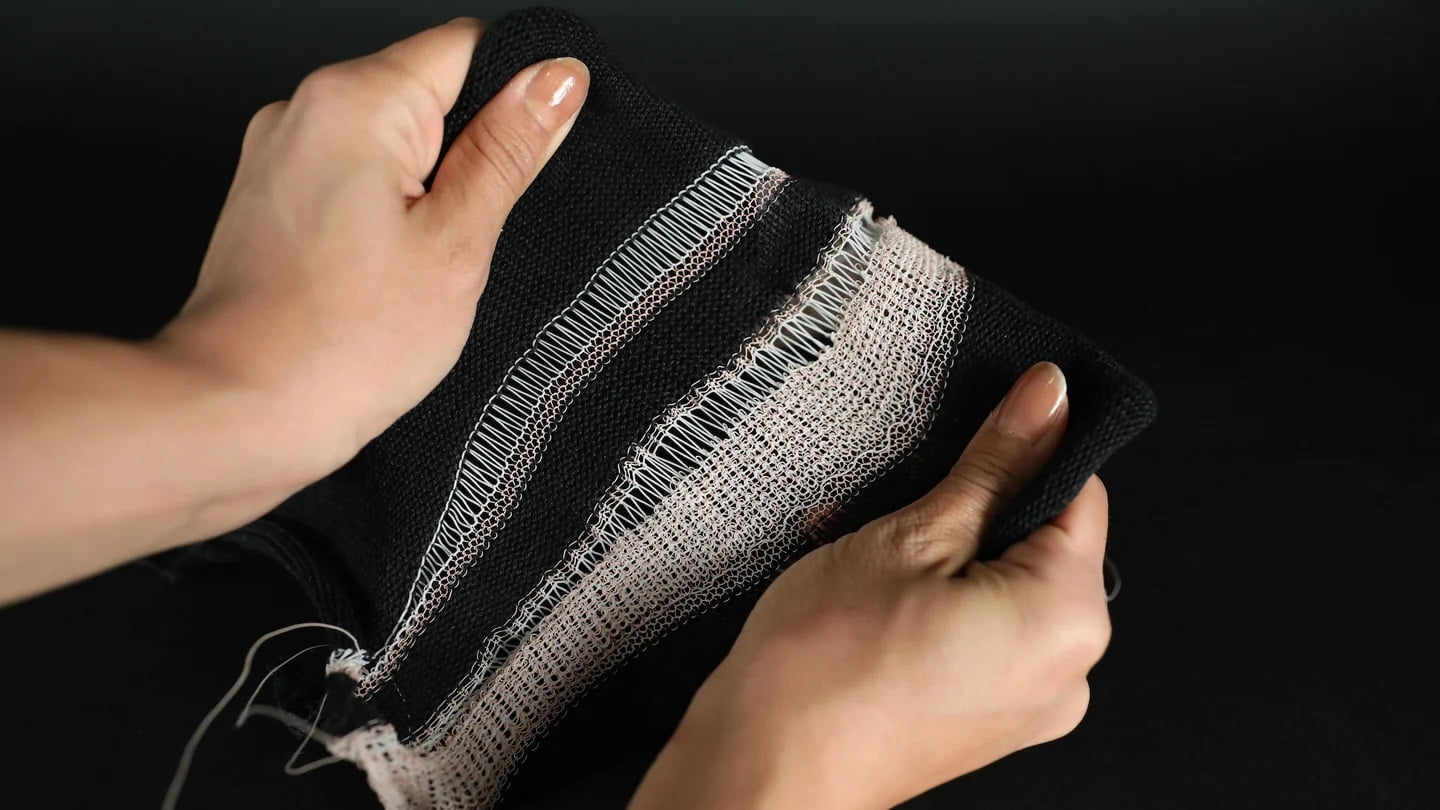This liquid crystal fabric is ‘smart’ enough that it adapts to different weather conditions
In a world where technology is seamlessly intertwining with our daily lives, the boundaries between fashion and innovation are rapidly dissolving. Gone are the days of wardrobe mishaps due to unpredictable weather conditions. Researchers at the esteemed Massachusetts Institute of Technology (MIT) have unveiled a revolutionary advancement in the realm of smart textiles – FibeRobo.
FibeRobo: A Game-Changer in the Fashion Industry
FibeRobo is not merely another piece of clothing; it is a transformative force in the fashion world. Conceived by MIT’s ingenious minds, this marvel is a programmable, shape-shifting smart fiber that harnesses the extraordinary properties of liquid crystal elastomer (LCE). Garments woven with this groundbreaking fiber possess the remarkable ability to adapt their structure in response to environmental changes, ensuring your comfort in any weather condition. Imagine adjusting your clothing’s insulation levels with a simple swipe on your smartphone app – those last-minute wardrobe dilemmas could soon be a distant memory.
Liquid Crystal Elastomer (LCE): A Material Science Triumph
At the heart of FibeRobo lies liquid crystal elastomer (LCE), a material with liquid-like properties that can transform into periodic crystal formations at cooler temperatures. The MIT team has developed a synthetic LCE that boasts a groundbreaking feature – it can seamlessly transition between its phases at safe and comfortable temperature levels, setting a new industry benchmark. As the temperature rises, the fiber contracts, and when it cools down, it self-reverses, all without the need for external sensors or intricate interwoven components.
A Versatile and Robust Fiber
FibeRobo‘s innovation extends beyond its properties to encompass its practicality as well. This remarkable smart fiber is remarkably flexible and robust, seamlessly integrating into traditional manufacturing processes, including embroidery, weaving looms, and knitting machines. This means that the technology has the potential to revolutionize not only high-tech garments but also everyday clothing, making smart textiles accessible to all.
The Manufacturing Process: A Glimpse into Ingenuity
To create this remarkable material, MIT engineers developed a machine that functions much like a glue gun, gradually releasing heated LCE resin through a nozzle. The resulting fiber is then cured using UV lights, submerged in oil, and subjected to a second curing process with even more potent UV rays. Once manufactured, the LCE thread is spooled and dipped in a special powder, facilitating its installation in textile production machines. Astonishingly, the MIT team can produce approximately a kilometer of usable fiber in a single day, demonstrating the scalability of this technology.
Real-World Applications: A Testament to Versatility
The MIT team has not confined itself to the creation of FibeRobo but has ventured into practical applications as well. They used an industrial knitting machine to produce a Bluetooth-controlled compression jacket for dogs, aimed at alleviating anxiety in pets. Another prototype emerged as an adaptive sports bra, featuring FibeRobo embroidery that tightens the fabric as the wearer engages in physical activity. These real-world use cases underscore the versatility and adaptability of this smart textile.
Towards a Sustainable Future: A Commitment to Environmental Responsibility
The future of smart textiles must consider environmental sustainability as a paramount concern. MIT is committed to fine-tuning the composition of FibeRobo to make it biodegradable or recyclable, in addition to streamlining the overall design. This dedication to sustainability aligns with the growing global emphasis on eco-friendly materials and practices.
Conclusion: A Glimpse into the Future of Fashion
In a world where technology is rapidly transforming every aspect of our lives, FibeRobo stands as a remarkable innovation at the convergence of fashion and technology. Developed by MIT’s brilliant minds, this programmable smart fiber opens up a world of possibilities for adaptive clothing. With its ability to seamlessly integrate into traditional manufacturing methods and its potential to be eco-friendly, FibeRobo is not just a fabric; it’s a glimpse into the future of fashion. As technology continues to weave its way into our lives, smart textiles like FibeRobo might just redefine our expectations of what our clothing can do. So, bid farewell to unexpected weather woes and embrace a wardrobe that adapts to you. FEATURED IMAGE: (RESEARCHERS/MIT)













